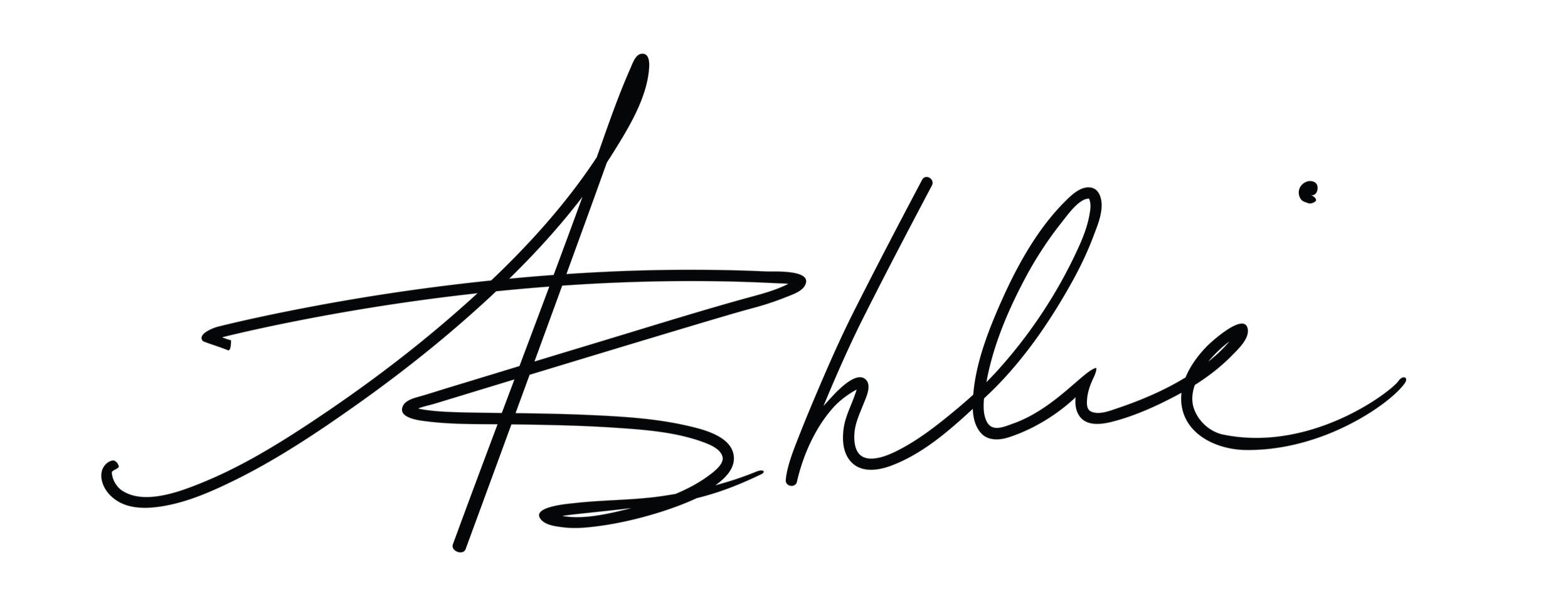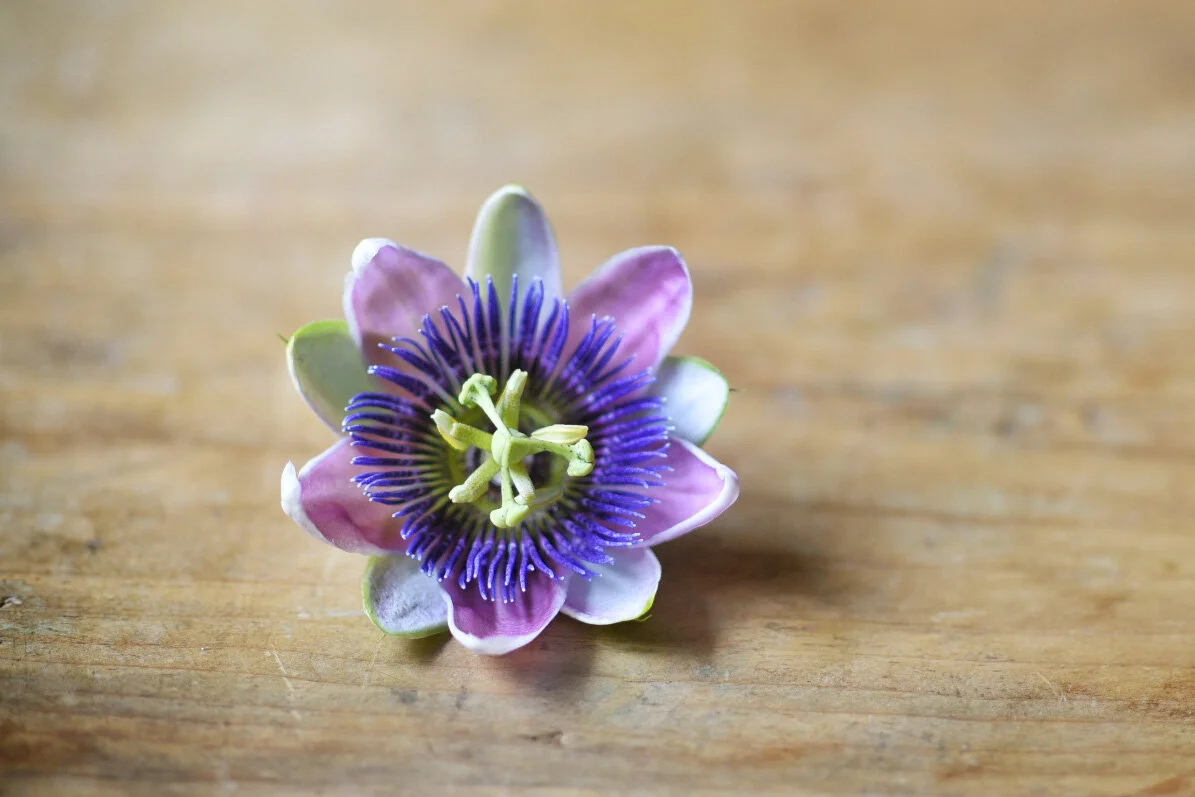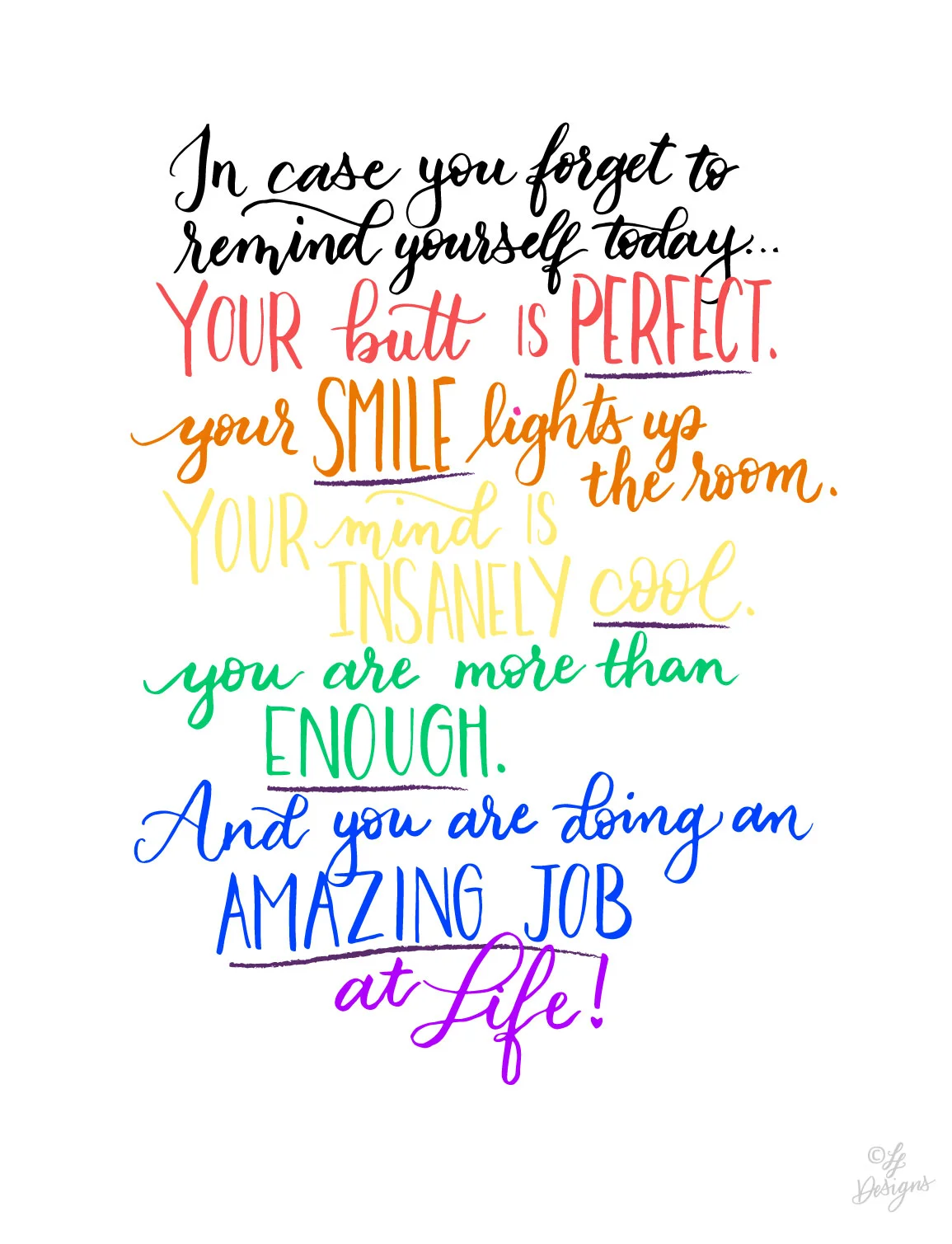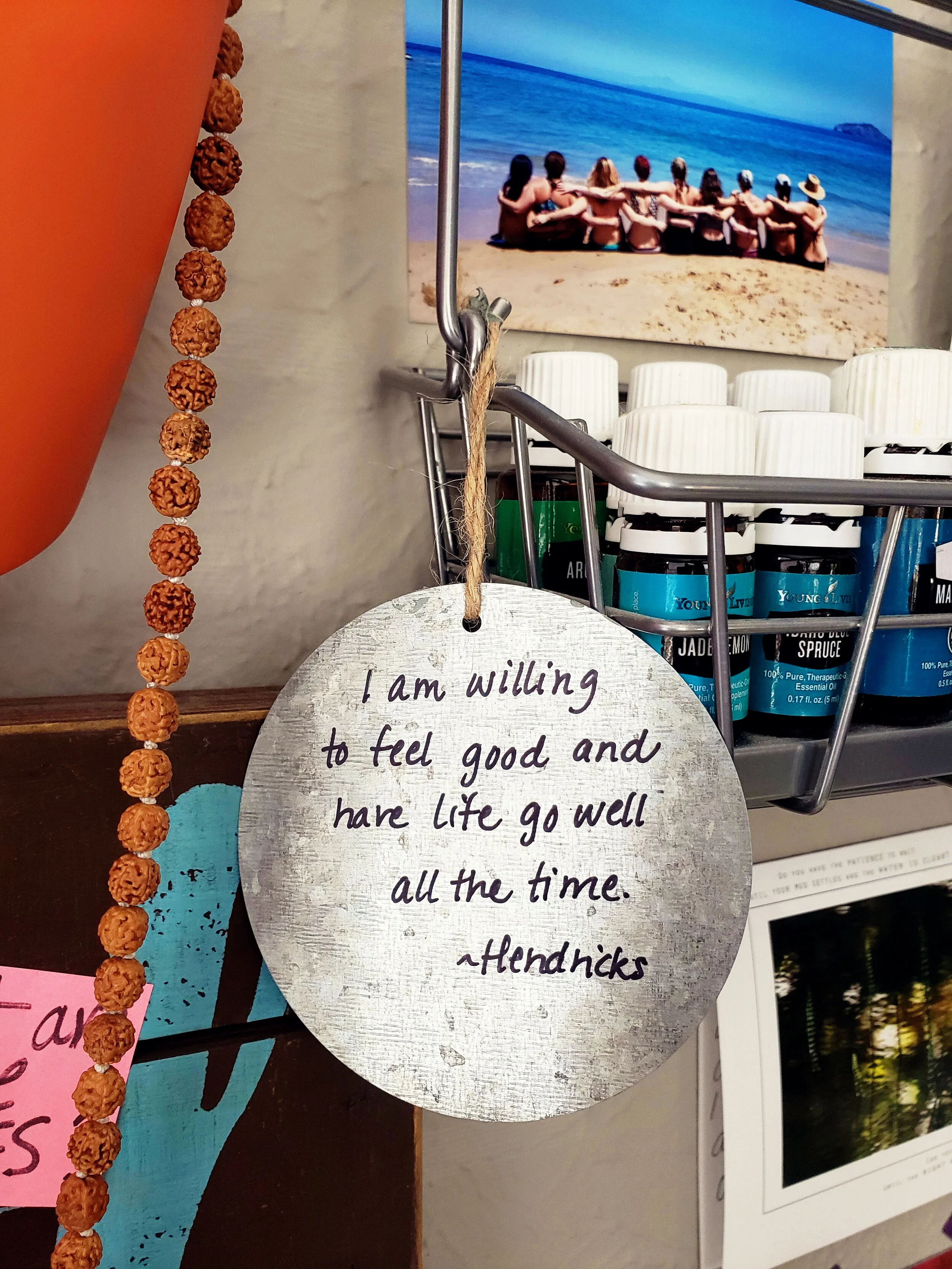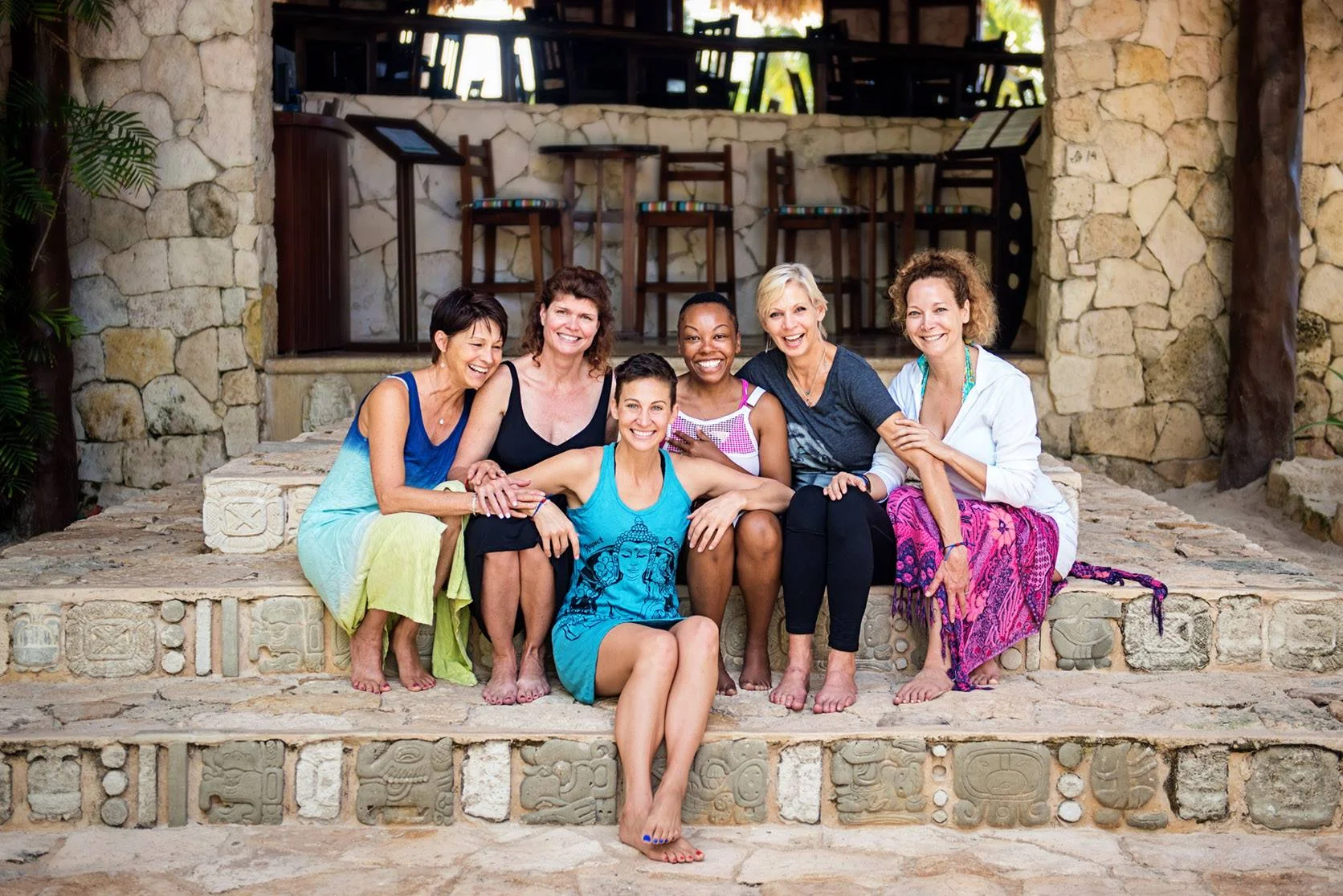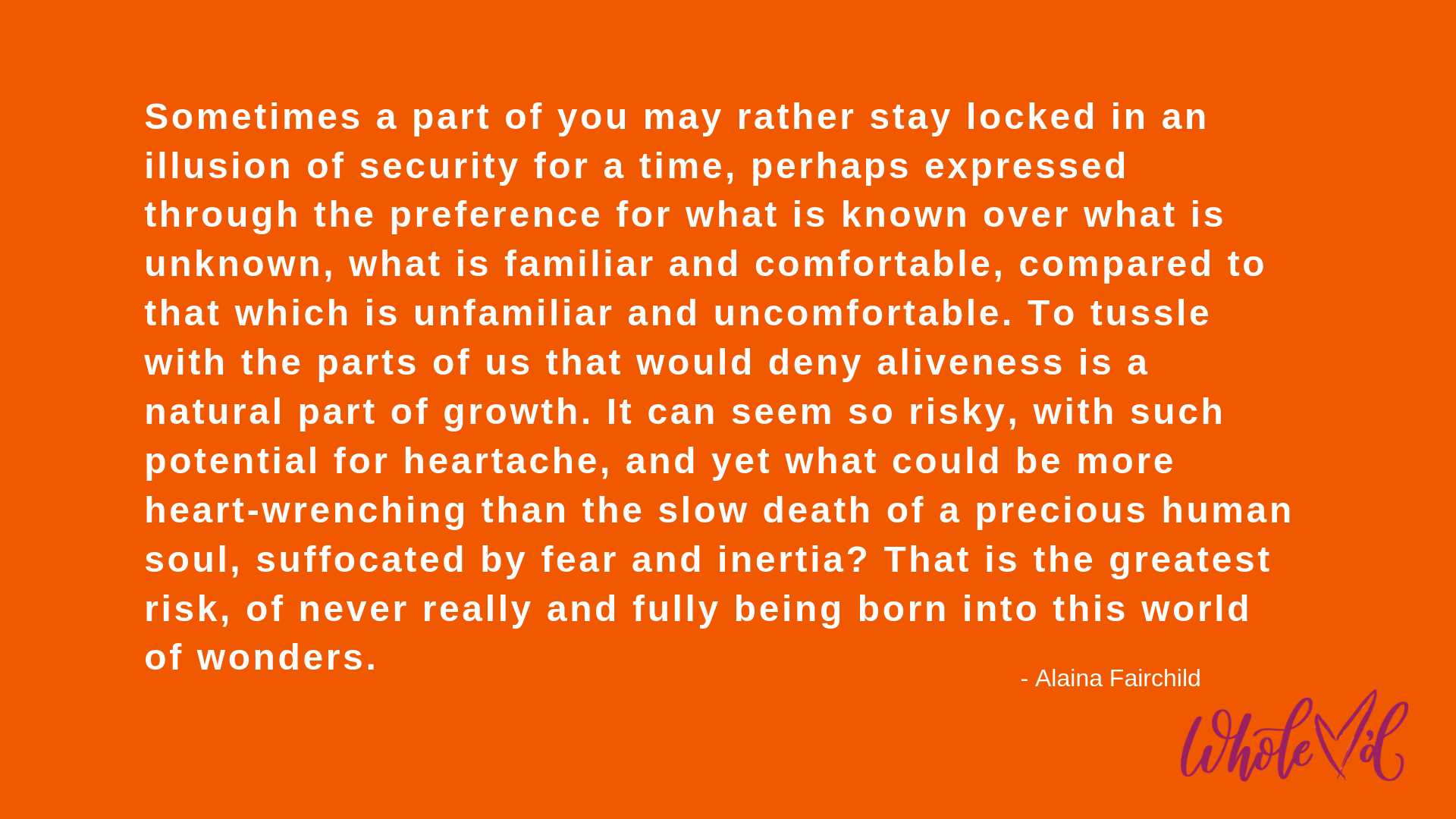We’re going to wrap up this conversation about self-compassion with two distinctions that Kristin Neff refers to as the yin and yang of self-compassion.
Many times we may think of self-compassion as indulgence or pity. But it’s neither feeling sorry for ourselves nor giving in to our every want.
She speaks about the polarity of yin and yang. Yin is receptive and self-nurturing; it’s the kind of self-compassion that says Come here, let me hold you, I know this is really hard, it’s going to be okay. Go lie down and rest. And sometimes that’s exactly what we need.
Yang compassion is more masculine and assertive. It’s the kind of self-compassion that says Honey, you’ve been on that couch long enough. Get up and get into action!
We don’t want to use self-compassion as an excuse to let ourselves off the hook, self-indulge or feel sorry for ourselves. That would be missing the point.
Instead, we need to be able to discern with mindfulness—what do I need at this moment? Do I need to rest or take a walk? Do I need to let this simmer and finish it later or do I need to push through and get it done?
Self-compassion always has kindness, shared humanity and mindfulness in the equation. It’s for us to be able to discern.
I invite you to look at this concept of yin and yang as you begin to bring more self-compassion into your life. Check-in and be willing to tell the truth. Is kindness right now yin, soft and gentle? Or is kindness right now more yang, fiery and assertive?
I’d love to hear from you! What did you take away from this? Do you need a little more yin or a little more yang? How will you use what you’re learning to move forward in a powerful way?
Thanks for watching and see you next time!
